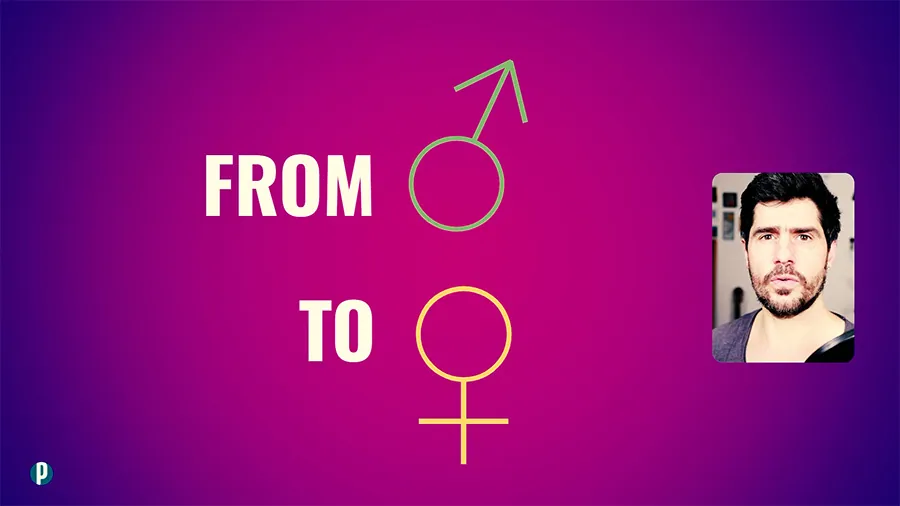
Gender of Portuguese Words
Like other Romance languages, Portuguese nouns are gender-marked as masculine or feminine.
This gender dimension in Portuguese extends nonetheless well beyond nouns. For instance, word classes such as adjectives, pronouns, and articles will change their form to conform to the gender of the noun they refer to.
Take the following sentences:
(1) O meu primo comprou o seu primeiro carro.
My male cousin bought his first car.
(2) A minha prima comprou a sua primeira mota.
My female cousin bought her first motorcycle.
In the examples above, the words marked in red are nouns, either masculine (primo, carro) or feminine (prima, mota). The words in blue, on the other hand, conform to the gender of the nouns they are referring to. As you can see, swapping the red words’ gender – as it happens from sentences 1 to 2 – affects all blue words around them.
Understandably, these gender ramifications make life a bit harder for language learners.
For instance, if you mistake the gender of a given noun in a sentence, you’ll probably pick the wrong inflection of the gender-conforming words around it. Or you might get the noun’s gender right but fail to gender-align all the rest accordingly.
Indeed, keeping everything gender-aligned is cumbersome for language learners, not least for those of you who just got started.
The purpose of this article is to bring you some ease concerning this gender imbroglio. We’ll explore several patterns that help you know if a noun is either masculine or feminine.
In addition, we’ll look into masculine-to-feminine conversion principles for nouns and adjectives that will make your life much easier. Read on.
Gender and number go hand in hand concerning word declension. Here’s a complementary read for you: Forming the Plural in Portuguese: Singular-to-Plural Conversion Patterns You Need to Care About.
Nouns
Either masculine or feminine
In general, Portuguese nouns are either masculine or feminine. So, how do you know which is which?
Native Portuguese speakers like me know it by heart, of course. But for those of you learning Portuguese as a second language, coming to terms with the nouns’ gender can be a long and laborious process. Luckily, there are a few spelling patterns that will make your life easier. Let’s look at some of them.
The -o/-a pattern
The –o/-a pattern pervades much of the Portuguese language. Accordingly, there is an abundance of masculine and feminine nouns ending in -o and -a respectively. This pattern alone will help you to guess correctly the gender of a large number of words. A few examples:

Olá! I'm Pedro and I'm your Portuguese teacher.
Ready to unlock the beauty of European Portuguese? Portuguesepedia is your key! This all-in-one platform provides a wealth of learning resources, from bite-sized video lessons to immersive idiomatic dips. Perfect your pronunciation and aural comprehension with listening drills and solidify your grammar with in-depth articles. Start your Portuguese journey today!
Share this article
Get my guide "Key Strategies to Learn Portuguese" for FREE.


